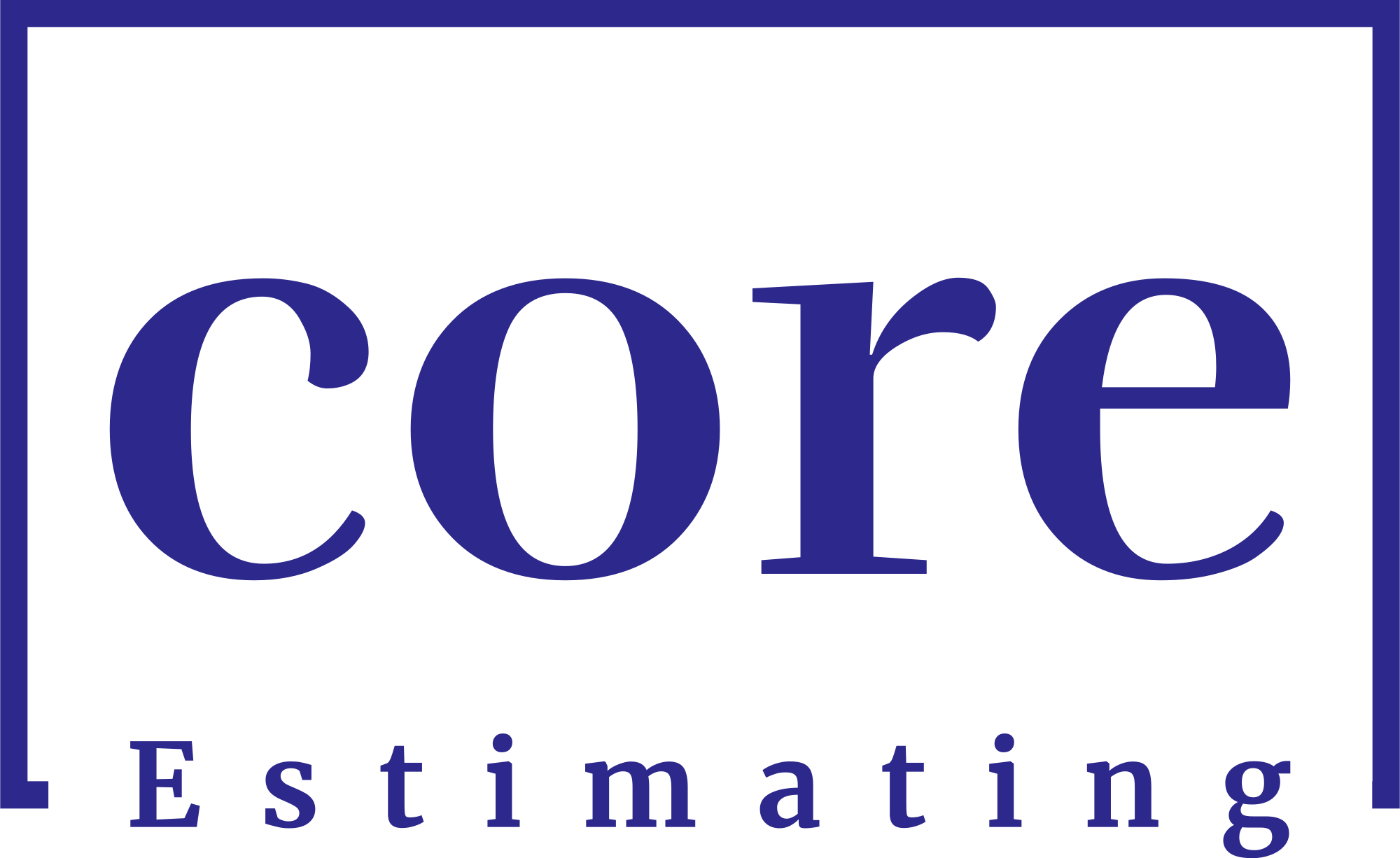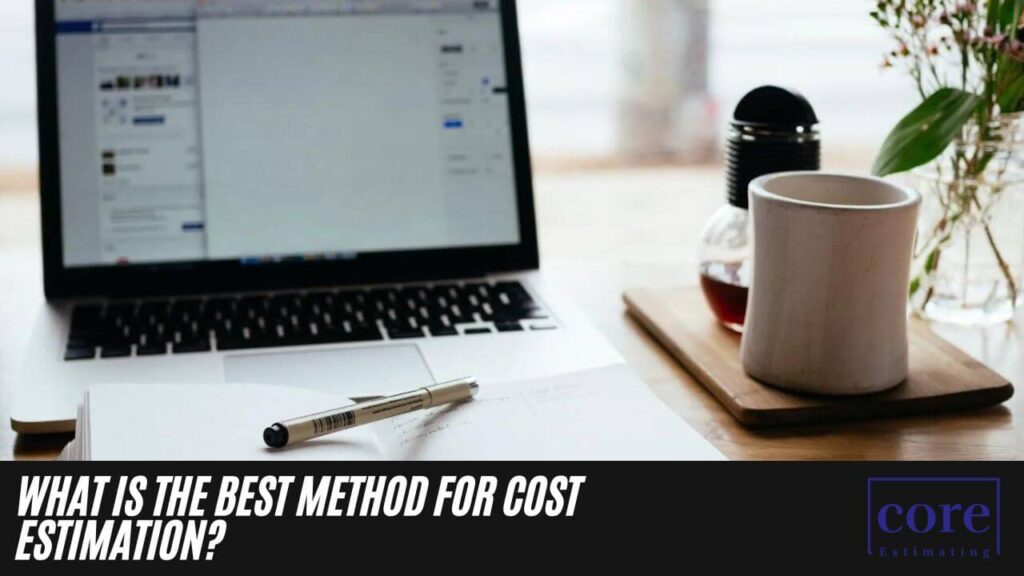Cost estimation is a critical aspect of project management, determining the projected expenses required to complete a project successfully. It is essential for companies to have a clear understanding of the costs involved to make informed decisions, allocate resources efficiently, and avoid potential financial risks. In this article, we will explore the various methods for cost estimation, their advantages and disadvantages, and how to choose the best method for your specific project needs.
If you’re in need of construction estimate services, simply go to homepage or follow the links below:
| Services | Links |
|---|---|
| Detailing Services | Link |
| Building Information Modeling | Link |
| General Contractor | Link |
| Subcontractors | Link |
| MEP | Link |
Understanding Cost Estimation
Cost estimation involves predicting the total expenses of a project, considering various elements such as labor, materials, equipment, and overhead costs. It aims to provide a realistic assessment of the financial resources needed to deliver the project scope successfully. Accurate cost estimation is vital as overestimating can lead to budget constraints, while underestimating can result in cost overruns and project delays.

Importance of Accurate Cost Estimation
Accurate cost estimation is crucial for several reasons. Firstly, it allows businesses to create a comprehensive budget and secure the necessary funding for their projects. Secondly, it aids in setting realistic project timelines and identifying potential cost-saving opportunities. Thirdly, it enhances project planning and resource allocation, ensuring the right resources are available when needed. Additionally, precise cost estimation helps in project risk assessment and facilitates effective decision-making throughout the project lifecycle.
Common Methods for Cost Estimation
There are several methods for cost estimation, each with its unique approach and application. Let’s delve into the most commonly used ones:
1 Expert Judgment
Expert judgment relies on the knowledge and experience of industry experts or professionals who have expertise in similar projects. This method is beneficial when historical data or other estimation techniques are unavailable. Experts use their judgment to provide an educated estimate of the project’s costs based on their previous experiences.
2 Analogous Estimating
Analogous estimating, also known as top-down estimating, involves comparing the current project with past projects of similar scope and complexity. By using historical data as a reference point, the cost of the new project is estimated. This method is quick and less resource-intensive, making it useful in the early stages of a project when detailed information is limited.
3 Parametric Estimating
Parametric estimating involves using statistical relationships to estimate project costs. It relies on historical data and cost drivers to create mathematical models that calculate the overall cost of the project based on specific variables. This method is ideal for projects with repetitive characteristics and standardized components.
4 Bottom-Up Estimating
Bottom-up estimating, as the name suggests, starts with the estimation of individual project components’ costs. These estimates are then rolled up to calculate the total project cost. This method is time-consuming but highly accurate, making it suitable for complex and large-scale projects.
5 Three-Point Estimating
Three-point estimating involves considering optimistic, pessimistic, and most likely scenarios for each cost element. By using three estimates for each component, project managers can calculate a more reliable average cost estimate, reducing the impact of individual biases.
6 Reserve Analysis
Reserve analysis involves adding contingency reserves to the overall cost estimate to account for uncertainties and potential risks. These reserves act as buffers against unforeseen events, ensuring the project remains within budget even if unexpected situations arise.
Advantages and Disadvantages of Each Method
Each cost estimation method comes with its own set of advantages and disadvantages. Let’s explore them:
1 Expert Judgment
Advantages:
- Quick and efficient in the absence of data.
- Relatively simple to implement.
- Capitalizes on experts’ experience and knowledge.
Disadvantages:
- Subject to individual biases and varying interpretations.
- May lack accuracy in dynamic and unique projects.
2 Analogous Estimating
Advantages:
- Rapid estimation process.
- Suitable for early-stage project planning.
- Requires minimal data.
Disadvantages:
- Relies heavily on the similarity between projects, which may not always be accurate.
- Accuracy depends on the availability of relevant historical data.
3 Parametric Estimating
Advantages:
- Efficient for repetitive projects with well-defined parameters.
- Enables cost estimation even with limited project details.
- Mathematical models can enhance accuracy.
Disadvantages:
- Susceptible to errors if the underlying data is inadequate or outdated.
- Not suitable for highly unique or custom projects.
4 Bottom-Up Estimating
Advantages:
- Highly accurate and reliable for complex projects.
- Allows for detailed budgeting and resource planning.
- Identifies cost drivers for better cost control.
Disadvantages:
- Time-consuming and resource-intensive.
- Requires detailed information, which may not be available in the early project stages.
5 Three-Point Estimating
Advantages:
- Reduces the impact of optimistic or pessimistic biases.
- Provides a more realistic and balanced cost estimate.
- Takes uncertainty into account.
Disadvantages:
- Requires more effort and data compared to single-point estimates.
- May not be practical for smaller projects with limited resources.
6 Reserve Analysis
Advantages:
- Provides a safety net for potential risks and uncertainties.
- Ensures budget stability in unpredictable situations.
- Supports effective risk management.
Disadvantages:
- Difficulty in accurately quantifying contingencies.
- Can lead to budget constraints if excessive reserves are added.
Selecting the Best Method for Your Project
Choosing the most appropriate cost estimation method depends on various factors such as project complexity, available data, time constraints, and budget. While simple and repetitive projects may benefit from analogous or parametric estimating, large-scale and unique projects require more comprehensive methods like bottom-up or three-point estimating. Moreover, a combination of multiple methods may be used to cross-validate the results and ensure accuracy.
Importance of Ongoing Cost Estimation
Cost estimation is not a one-time activity; it needs to be continually reviewed and updated throughout the project lifecycle. As projects evolve, new information and data become available, affecting the overall cost estimate. Regularly monitoring and adjusting cost estimates ensure that financial planning remains accurate and responsive to changes, minimizing the risk of budget overruns.
Technology’s Role in Cost Estimation
Modern technologies, such as artificial intelligence and machine learning algorithms, are revolutionizing cost estimation processes. These technologies can analyze vast amounts of historical data, identify patterns, and provide more accurate cost predictions. Additionally, specialized software tools are available to streamline and automate the cost estimation process, saving time and resources.
Overcoming Challenges in Cost Estimation
Cost estimation is not without its challenges. Some common hurdles include uncertainty, incomplete data, scope changes, and unforeseen risks. To address these challenges, project managers should collaborate with domain experts, conduct thorough research, implement contingency plans, and continuously reassess cost estimates.
Best Practices for Cost Estimation
To achieve reliable and accurate cost estimates, consider the following best practices:
- Gather and analyze historical data from similar projects.
- Involve subject matter experts and stakeholders in the estimation process.
- Use multiple estimation techniques for cross-validation.
- Update cost estimates regularly throughout the project.
- Create contingency plans to mitigate risks.
- Leverage technology and specialized software for efficiency and accuracy.
Case Studies of Successful Cost Estimation
Case studies of successful cost estimation in various industries can offer valuable insights into the implementation of different estimation methods and their impact on project outcomes. Learning from real-world examples can aid project managers in making informed decisions and improving their cost estimation practices.
Conclusion
Cost estimation is a crucial aspect of project management that directly influences project success. With various estimation methods available, project managers must carefully consider the unique characteristics of their projects and choose the most appropriate method accordingly. Accurate cost estimation, supported by ongoing reviews and best practices, ensures better financial planning, risk management, and successful project execution.






